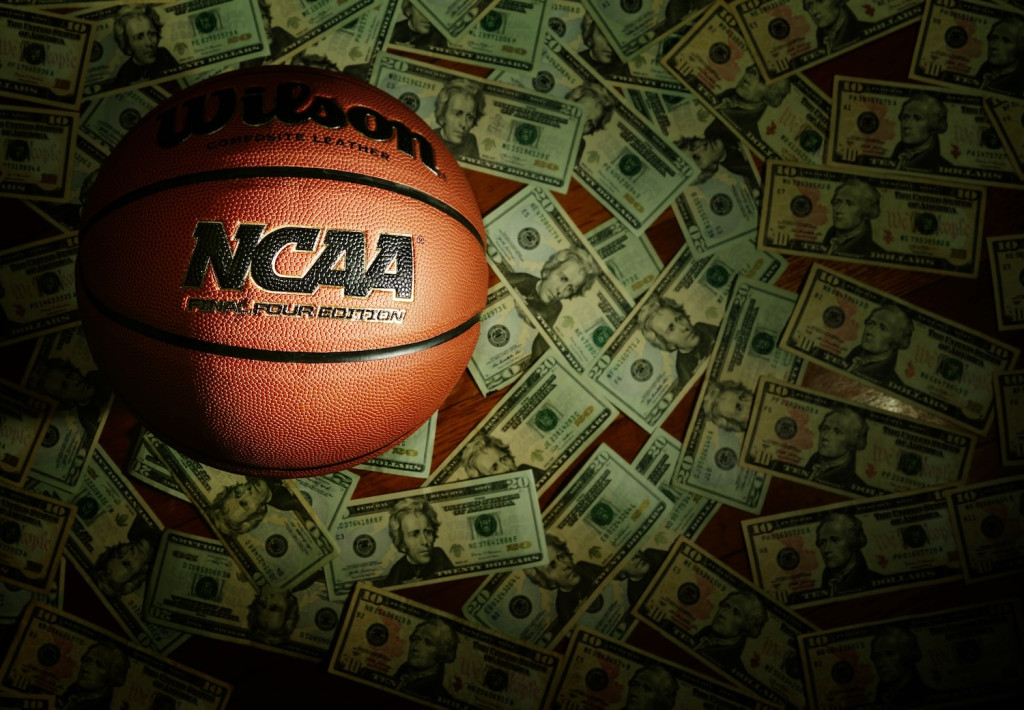The days of ramen-fueled dorm life for star college athletes are officially coming to an end.
A federal judge has approved a landmark settlement that will allow schools to pay their athletes directly, up to $20.5 million per school starting next year. This comes after years of mounting pressure, lawsuits, and a growing acknowledgment that players are the real MVPs behind the billions flowing into college athletics.
Let’s be clear: this is huge.
What Just Happened?
On Friday, U.S. Judge Claudia Wilken signed off on the final terms of the “House settlement”—a legal battle that started nearly five years ago when Arizona State swimmer Grant House (yes, a swimmer started this!) sued the NCAA and the five biggest conferences.
The issue? Athletes wanted a share of the billions they were helping generate.
Now, thanks to that case, student-athletes will not only be allowed to receive direct revenue sharing from schools, but the NCAA has also agreed to cough up a $2.7 billion backpay fund for former players who missed out on earnings under the old rules. Think of it as retroactive reparations for decades of unpaid labor.
“This is a fantastic win for hundreds of thousands of college athletes,” Steve Berman, one of the lead attorneys, said.
So What Does This Actually Mean?
This isn’t just about NIL (name, image, and likeness) deals anymore. That’s already been in place since 2021, letting players earn endorsement cash from third-party sponsors. Now, schools themselves can cut the check.
Each school can shell out up to $20.5 million a year to its athletes starting as soon as July 2025. That means we’re not far off from football and basketball players (the two biggest revenue generators) being compensated by the school for their role in the money-making machine.
Expect college recruitment to look more like free agency, with schools making competitive financial offers to land top talent. Think NFL Draft meets campus tour.
Will All Athletes Get Paid?
Well… that’s where it gets tricky. The settlement allows schools to decide how that $20.5 million is distributed. In most cases, revenue-producing sports like football and men’s basketball will see the biggest payouts.
Unfortunately, there are already concerns that walk-on players and non-revenue sports (track, swimming, gymnastics) may suffer. Schools may start trimming rosters or cutting programs altogether to afford their top-tier talent.
A New Era for College Sports
This isn’t just a payday, it’s a paradigm shift. For over a century, college sports operated under the banner of amateurism. Athletes made nothing while universities cashed billion-dollar checks from TV networks, ticket sales, and merchandise. Those days are over.
“This deal opens a pathway to begin stabilizing college sports,” NCAA President Charlie Baker shared.
Translation? The NCAA is trying to stay relevant as the real power shifts to the four major conferences—the ACC, Big Ten, Big 12, and SEC—who now control much of the oversight and direction of this new model.
What’s Next?
With the College Football Playoff booming and March Madness still a cash cow, the college sports industry is entering a new era where the talent finally gets a share of the pie.
The only question now: how will each school decide who gets what?
Whether you’re a five-star recruit or a freshman hoping to walk on, the stakes just got a whole lot higher.
College sports just went pro—and the players are finally getting paid like it.
Photo Credit: DepositPhotos.com




